#forestry
Text
Although the benefits of diverse forest systems are well known, many countries' restoration commitments are focused on establishing monoculture plantations. Given this practice, an international team of scientists has compared carbon stocks in mixed planted forests to carbon stocks in commercial and best-performing monocultures, as well as the average of monocultures.
Their work is published in Frontiers in Forests and Global Change.
"Diverse planted forests store more carbon than monocultures—upwards of 70%," said Dr. Emily Warner, a postdoctoral researcher in ecology and biodiversity science at the Department of Biology, University of Oxford, and first author of the study. "We also found the greatest increase in carbon storage relative to monocultures in four-species mixtures."
[...]
Accordingly, the researchers were able to show that diversification of forests enhances carbon storage. Altogether, above-ground carbon stocks in mixed forests were 70% higher than in the average monoculture. The researchers also found that mixed forests had 77% higher carbon stocks than commercial monocultures, made up of species bred to be particularly high yielding.
"As momentum for tree planting grows, our study highlights that mixed species plantations would increase carbon storage alongside other benefits of diversifying planted forests," said Dr. Susan Cook-Patton, a senior forest restoration scientist at The Nature Conservancy and collaborator on the study. The results are particularly relevant to forest managers, showing that there is a productivity incentive for diversifying new planted forests, the researchers pointed out.
798 notes
·
View notes
Text
The trees don't "help" each other. They don't "decide" to let the fungus in. All they know is that when they call for help, the fungus answers. Without the fungus, they'd be nothing. It's like if a government was part of your body. It's the closest thing they have to a god. Isn't there something horrifying about that, deep down. God exists and you can't escape it. God exists and you can't live without it. God exists and spends every day ensuring that your brother's blood flows through your veins. Deep, deep in your DNA, there is a pact that links you all to the beast underground.
754 notes
·
View notes
Text
To slow the effects of climate change, conserve biodiversity, and meet the sustainable development goals, replanting trees is vital. Restored forests store carbon within the forest's soil, shrubs, and trees. Mixed forests are especially effective at carbon storage, as different species with complementary traits can increase overall carbon storage.
Compared to single-species forests, mixed forests are also more resilient to pests, diseases, and climatic disturbances, which increases their long-term carbon storage potential. The delivery of other ecosystem services is also greater in mixed species forests, and they support higher levels of biodiversity.
Although the benefits of diverse forest systems are well known, many countries' restoration commitments are focused on establishing monoculture plantations. Given this practice, an international team of scientists has compared carbon stocks in mixed planted forests to carbon stocks in commercial and best-performing monocultures, as well as the average of monocultures.
Continue Reading.
439 notes
·
View notes
Text
In 2016, when the Revolutionary Armed Forces of Colombia (FARC) signed a peace agreement with the Colombian government, scientists realized that the rainforests, mountains, and savannahs, out of which the FARC waged a 50-year guerrilla war, and which were counted among the most biodiverse and least-explored places on earth, were suddenly safe to explore.
In Colombia, a few biologists who longed to journey to the heart of these places also saw them as the perfect way to bring 14,000 former guerrillas back into society in a meaningful way that would benefit not only them, but the country’s stunning biodiversity.
Colombia is often referred to as the world’s most biodiverse country. Although this is a hard thing to designate since many species around the world of all kinds remain undiscovered, she does lay claim to the most bird species anywhere on earth – both endemic and migratory.
Who better to help protect Colombia’s wild spaces than those who know them best, thought Jaime Góngora, a wildlife geneticist at the University of Sydney but who is originally from Colombia.
Góngora now leads a group of researchers from the United Kingdom, Australia, and 10 different Colombian scientific institutions in a program to train ex‑guerrillas to study Colombia’s native plants and animals, which to date has uncovered nearly 100 previously-unknown species.
Peace with Nature
Peace with Nature is the result of these scientists working together with guerillas to help protect Colombia’s biodiversity and aid in the post-conflict situation for thousands of people, 84% of whom, according to Góngora, are interested in pursuing, of all things, river habitat restoration as their post-conflict career path.
Góngora and his colleagues are only too happy to help, and Peace with Nature began hosting citizen scientist workshops to help train eager folks how to find, identify, catalogue, and study wild plants, insects, birds, amphibians, and more.
The preparation work was long and hard – between 15 and 18 months according to Góngora...
“In some of the workshops, we have the presence of the police and military forces along with the ex-combatants,” explains Góngora. “I think what has surprised me most is the opportunity that biodiversity offers for reconciliation and healing after an armed conflict. These workshops have been spaces for a respectful dialogue about biodiversity and nature.”"
youtube
-via World at Large, 7/13/20
Note: Video is half in English, half in Spanish. Spanish subtitles for English parts only.
#older news but still relevant#colombia#farc#civil war#conflicts and war#conflict#nature#biodiversity#inaturalist#citizen science#forestry#amazon#amazon rainforest#good news#hope#hope posting#Youtube
746 notes
·
View notes
Text

to seek, to feel, to grow, to heal.
741 notes
·
View notes
Text

The forestry pavilion built for the Millennium Exhibition, Budapest, 1896. From the Budapest municipal photography company archive.
58 notes
·
View notes
Text
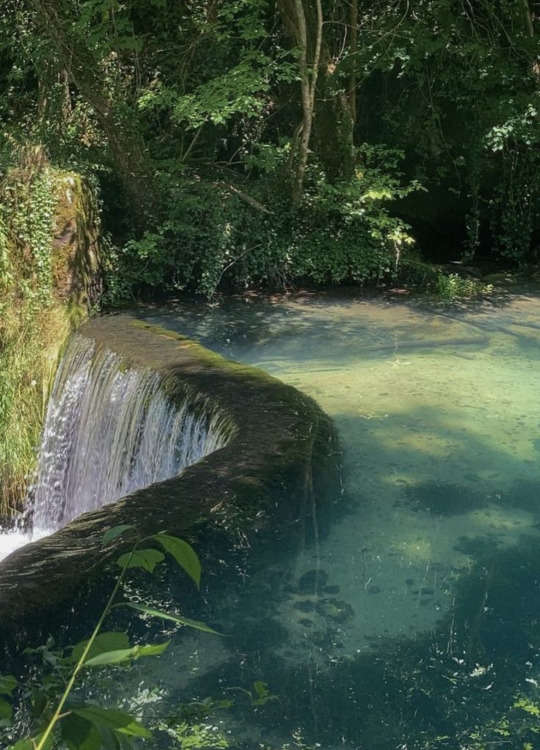

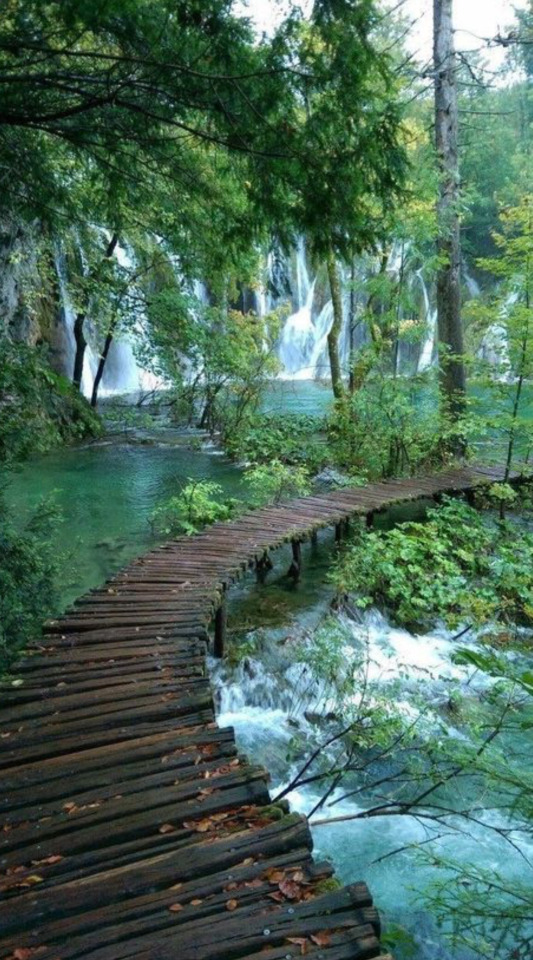
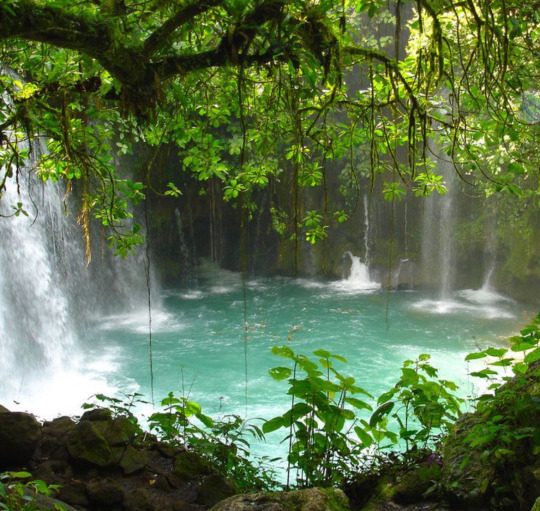

- the pandora of the fallen avatars 🌊🐚
#avatar the way of water#avatar#avatar frontiers of pandora#pandora#avatar pandora#avatar y2k#y2k style#nature#nature aesthetic#aesthetic#dark aesthetic#aesthetic moodboard#forest#aesthetic moodboards#soft aesthetic#forest cottage#moodboard#forestcore#forestry#cottagecore#fairytalecore#fairy aesthetic#fairycore#naturecore#nature aesthetics#nature aesthetic moodboard#beach style#hot springs#nature moodboard#nature moodboards
58 notes
·
View notes
Text

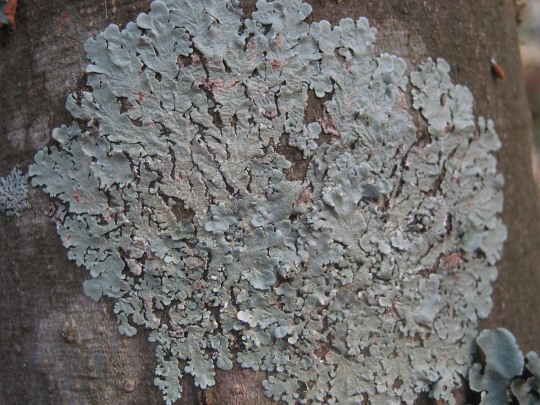
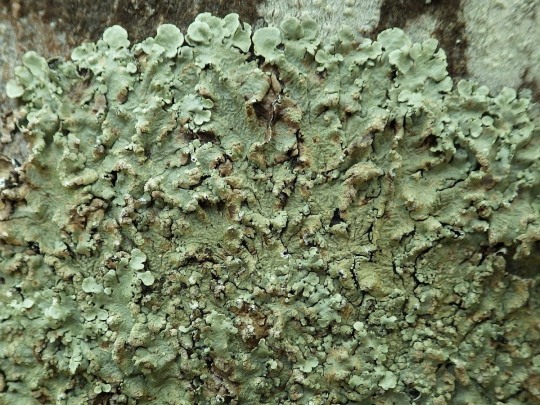




Flavoparmelia soredians
A positive story for today! F. soredians is sensitive to pollution--particularly sulfur dioxide. Now generally in our modern age, lichen populations which are sensitive to pollution have been decreasing. But recently, observers and scientists have actually noticed populations of this lichen increasing! This trend follows trends in decreases in environmental sulfur dioxide pollution, and so this goes to show that if we reduce environmental pollution, lichen populations can bounce back! This foliose lichen grows in closely-attached rosettes up to 10 cm in diameter. The upper surface is yellow-green, and speckled with farinose soredia bursting from round or ridge-like soralia. The lower surface is black towards the center and brown toward to lobe margins, and has simple rhizines. It only rarely produces apothecia, which are saucer-shaped with a brown disc and sorediate margin. F. soredians grows on trees, wood, and occasionally rock and roofs. It has been recognized thus far in Europe, North America, and Australia, but who knows where its range might expand to next!
images: source | source
info: source | source | source | source
#lichen#lichens#lichenology#lichenologist#fungus#fungi#mycology#ecology#biology#botany#bryology#forestry#pollution#conservation#Flavoparmelia soredians#Flavoparmelia#I'm lichen it#lichen a day#daily lichen post#lichen subscribe#life science#environmental science#natural science#nature#naturalist#beautiful nature#weird nature
136 notes
·
View notes
Text


Elegy for 2020 / Bryan David Griffith, 2021
Burned wood, stone, ash, charred leaves.
In August and September 2020, massive, fast-moving wildfires destroyed thousands of homes and displaced tens of thousands of people across Oregon, Washington, and California. This installation serves as a memorial for those who lost their lives, a tribute to those who worked tirelessly to prevent a much larger loss of life, and a testament to all who suffered through the flames and emerged on the other side. Each charred leaf commemorates a lost life.
photo captured and accompanying caption transcribed from "Rethinking Fire" exhibit at the World Forestry Center in Portland, OR
#fire art#smoke art#ecology#forestry#forest stewardship#world forestry center#bryan david griffith#rethinking fire#pnw gothic#pacific southwest#pacific northwest
302 notes
·
View notes
Text
Hey. Americans. Easterners.
https://acf.org/resources-deregulation-darling58/
Go ask for Darling 58 to be deregulated so it can be sold and grown freely across the east
We can finally save the American Chestnut tree and revitalize the eastern woodland ecosystem
For context, the American Chestnut used to be a giant in the woods; 25% of eastern woodland trees were chestnuts. Then the blight arrived and killed them all; only the roots survived, and the sprouts the pop up can't grow big enough to produce new trees. The species has been dying ever since.
But we can bring it back! Finally!
This is not a Chinese chestnut crossbreed. This is a 100% pure American Chestnut with the tiny little addition of a gene from wheat which makes the chestnut blight harmless to them! An incredible feat!
If the chestnut is deregulated, we can plant it in yards, landscapes, etc. and it can be cross-pollinated with any surviving trees in the wild. We can return them to the forests. We've been missing them for decades.
This page contains some information as well as a link to a page where the USDA is accepting PUBLIC FEEDBACK. There aren't even 4000 comments. It's for PUBLIC FEEDBACK. THEY WANT TO HEAR FROM YOU. We can do better than four thousand measly comments.
It would mean so much to the world to return this tree to the woods. They were an extraordinary source of food for wildlife and humans, they cast shade over the woods and varied the canopy, their timber was naturally rot-resistant and led to long-lasting buildings. They provided shelter from storms. They were absolutely gigantic. And now, we could have that be present tense instead of past.
Science can bring this marvel back. Go write a comment and ask for Darling 58 to be deregulated. You don't need to know fancy terminology; just say that.
Thank you.
#environmental science#chestnut#american chestnut#public feedback#suny esf#forestry#dendrology#darling 58#exciting news
640 notes
·
View notes
Text
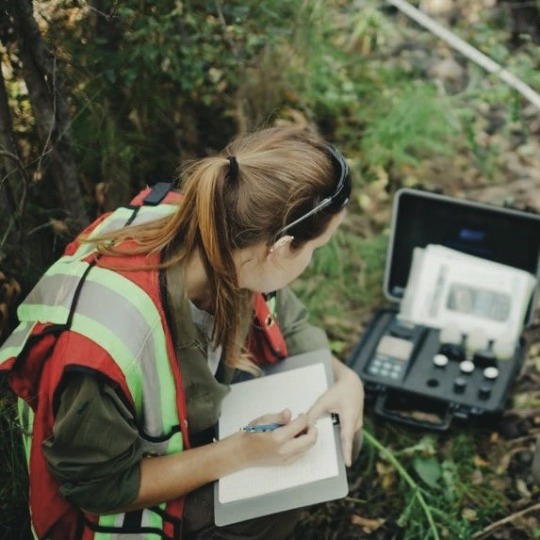




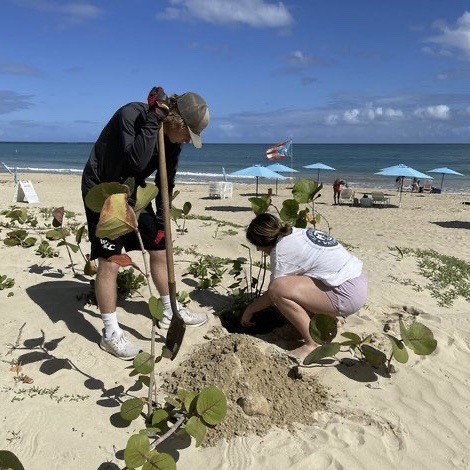



dream job 🌱🪵🌎🌈
#environmental studies#environmental science#conservation#coral bleaching#marine biology#forestry#rock climbing#environment#earth#girlblogging#girlblog#girlblogger#it girl#that girl#dream job#jane goodall#zoologist#geology#crystals#studying#studyblr#study motivation#academic weapon#academic motivation
114 notes
·
View notes
Text
In order to reach 350 ppm—the level we were at in 1988—we’d need to remove 500 billion tons of CO2 from the atmosphere. To hit the pre-industrial mark of 280 ppm, 900 billion tons. If we were to use plants to accomplish this, we would need them to add 138 billion tons and 249 billion tons of biomass, respectively. This is roughly the equivalent to 1.3 and 2.5 Amazon rainforests, respectively, if we count both above and below ground biomass.
So, what can we do with all that carbon? As the Amazon analogy implies, growing more forests would do the trick. In the last 10,000 years, the Earth has lost 7.7 million square miles of forest, equal to 2.85 Amazons. So we can exceed our target for atmospheric CO2 removal by returning to the 57% forest coverage of Earth’s habitable surface that we had at the end of the last Ice Age. That was the climate that allowed for the vast expansion of humanity, so that approach holds a lot of appeal.
Additionally, the Amazon analogy demonstrates that vast reforested areas can support human civilization beyond simply sucking down CO2. The Amazon itself is a vast food forest filled with edible species that were planted 4,500 years ago by its human occupants, who built a thriving civilization based on the readily available food surrounding them. A contemporary global reforestation initiative should also focus on edible species, thus serving the dual purpose of creating an abundant perennial food source and sequestering CO2. A mature food forest can yield at least 2,100,000 calories per acre with minimal inputs, enough to feed two adults. A stable climate PLUS more free food than all of humanity could possibly eat sounds pretty good.
It goes without saying that climate change is not the only ecological catastrophe facing humanity. We have crossed six of nine planetary boundaries, any one of which could spell our doom. A globe-spanning food forest would help address those looming disasters, such as biodiversity loss and biogeochemical flows, as well.
But there are challenges to the forestry approach. Environmental conditions have degraded immensely in the last 100 years, and it's possible that not all previously forested areas would now support trees. Some estimates put the possibility of reforestation at half of the 7.7 million square miles lost and argue it would take thousands of years to accomplish. I have doubts about these estimates, but it's important to be cautious. Additionally, the principle of redundancy is crucial in permaculture, and it's not hard to see how it applies here: we would not want to put all our eggs in one basket with the future of life on Earth at stake.
So how can we move faster while diversifying our risk?
112 notes
·
View notes
Text
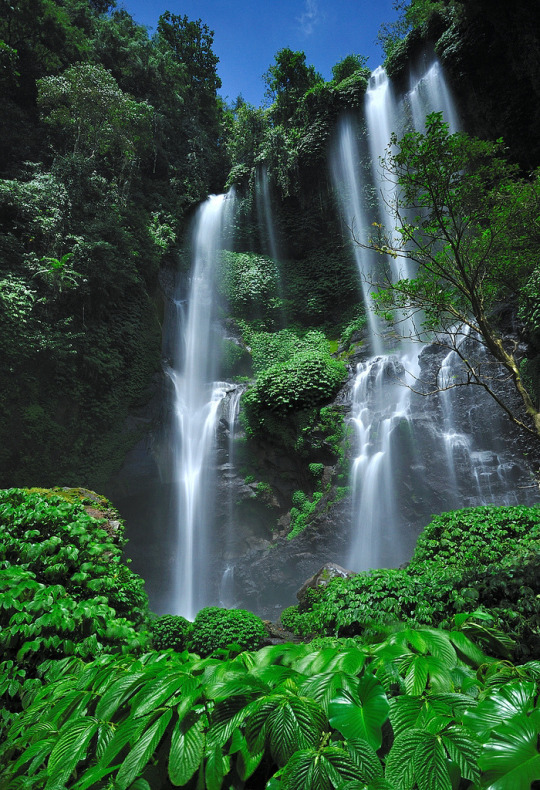
W a t e r f a l l
74 notes
·
View notes
Text
I was in a conversation about getting people into geoscience as more and more programs close across the world, and I have a hypothesis that most people in geology now were either able to travel, or experience different landscapes as they grew up.
-=-
35 notes
·
View notes
Note
How can I stay positive regarding the wildfires?
It can be really hard in the face of so much destruction. I don't know how much anyone can specifically stay positive in the face of disasters like this -
but I can give you some thoughts about how to let hope live alongside everything else you're feeling about this, and how to avoid spiraling and remember that this is not proof that we're doomed.
Possibly relevant note lol is that I've lived my whole life in California, so suffice to say figuring out how to move forward among the consequences and destruction of massive wildfires is something I'm definitely not new to.
I remember walking to my classroom in elementary school, about 20 years ago now, and it was literally snowing ash around me. This too shall pass.
Take a few deep breaths. I know it's cliche but it's also important
Zoom out in terms of perspective: Wildfires can make the sky look apocalyptic (like I said, I have lots of experience with this!), but they are regional, and they always end. These wildfires are awful but this specific wave of fires is happening in just one country in a huge, huge world. There's far more land that isn't burning
Canada is about to get substantial international aid in fighting the wildfires - there are already 200 additional firefighters headed over from the US and France, and Canada (Quebec specifically) is also already in talks with Costa Rica, Portugal, and Chile about additional firefighters/resources. Help is on the way and these numbers really will make a big difference, and as the disaster continues (unfortunately it is uh...pretty early in fire season), more help will be sent. People are doing what they can to help, because in the face of disaster, that's what we're wired to do
There are actually MUCH better fire management plans than just about anyone is using, esp in North America but that we COULD implement and increasingly WILL going forward. A lot of the wildfire situation these days is because of the West's incredibly wrongheaded derision toward traditional Indigenous land and ecosystem management practices, including cultural prescribed burns that keep massive wildfires from happening. California in particular is already partnering with several First Nations to revive prescribed burns, to significant success. As fires continue to be terrible, more and more places will get on board with this. We can and will implement practices that will truly change our situation
Cultural burns work because, ironically, the reason for the wildfires is that "is that we've been so good at putting out every fire possible that it has led to overly dense forests and a buildup of burnable material like branches and dry vegetation" that makes wildfires much worse in a number of ways. At lower intensity, however, as with cultural burns, forest fires can actually have huge environmental benefits
Finally, every time a natural disaster happens like this, as awful and destructive as they are, it serves as a wake-up call for thousands of people and adds both ever-mounting urgency and ever-mounting evidence to the importance of fighting climate change, which really does translate into action. For a lot of people, "saving the environment" feels super distant - but you know what feels super immediate? Saving their homes from burning down (or getting flooded or otherwise destroyed, etc. etc.) In 2021, the UN ran the world's largest climate survey, across 1.2 million people and 50 nations, and almost TWO-THIRDS SAID THAT CLIMATE CHANGE IS A GLOBAL EMERGENCY THAT WE NEED TO WORK HARDER TO ADDRESS. Imagine that 10 years ago! That other third of people aside, this really is real and massive progress
Also, every time there's a big disaster like this, climate change deniers look more and more baldly ridiculous. Think about it: How often did you hear US Republicans bullshitting about climate change denial 10 years ago? And how often do you hear them doing it now? In fact, there's increasing evidence that Republicans really are shifting on climate change (mind you they're managing to do it in an obnoxiously somehow pro-fossil-fuel way, but it's still a major sea change). Some of them are literally calling for a clean energy transition, and Kevin McCarthy himself (guy in charge of the US House right now) created a task force for to a conservative climate change agenda that acknowledges climate change is real. There's now a conservative climate conference that does active lobbying and a House Conservative Climate Caucus, which somehow has SIXTY MEMBERS. Again, something that would've been unimaginable just six or seven years ago.
Every acre that the fires burn this year is an acre that's pretty guaranteed to not burn next year, for what that's worth. (And I do think it's worth mentioning, esp with such a high number of acres)
The battles are going to be hard, but I truly believe that even the ones we lose often bring us closer to winning the war.
Fires burn, but life always grows back.
#climate change#conservatives#united states#canada#us politics#climate change denial#ecoanxiety#ecogrief#environmental despair#climate anxiety#forest fires#forest fire#quebec#indigenous#first nations#forestry#ecosystems#fire management#firefighter#republicans#united nations#kevin mccarthy#hope
557 notes
·
View notes
Text
Conservationists say they have high hopes a proposed shift in B.C. policy could result in revolutionary change for forest protection.
The province is currently conducting consultations on its draft Biodiversity and Ecosystem Health Framework, which it describes as “a new and strategic direction for a more holistic approach” to stewarding land and water resources for future generations.
The policy builds on a three-way deal between the province, federal government and the Indigenous-led First Nations Leadership Council announced earlier this month to protect 30 per cent of B.C. lands and waters by 2030.
Continue Reading
Tagging @politicsofcanada
#cdnpoli#canada#canadian politics#canadian news#british columbia#forests#forestry#environmental justice#first nations#environmental conservation
54 notes
·
View notes